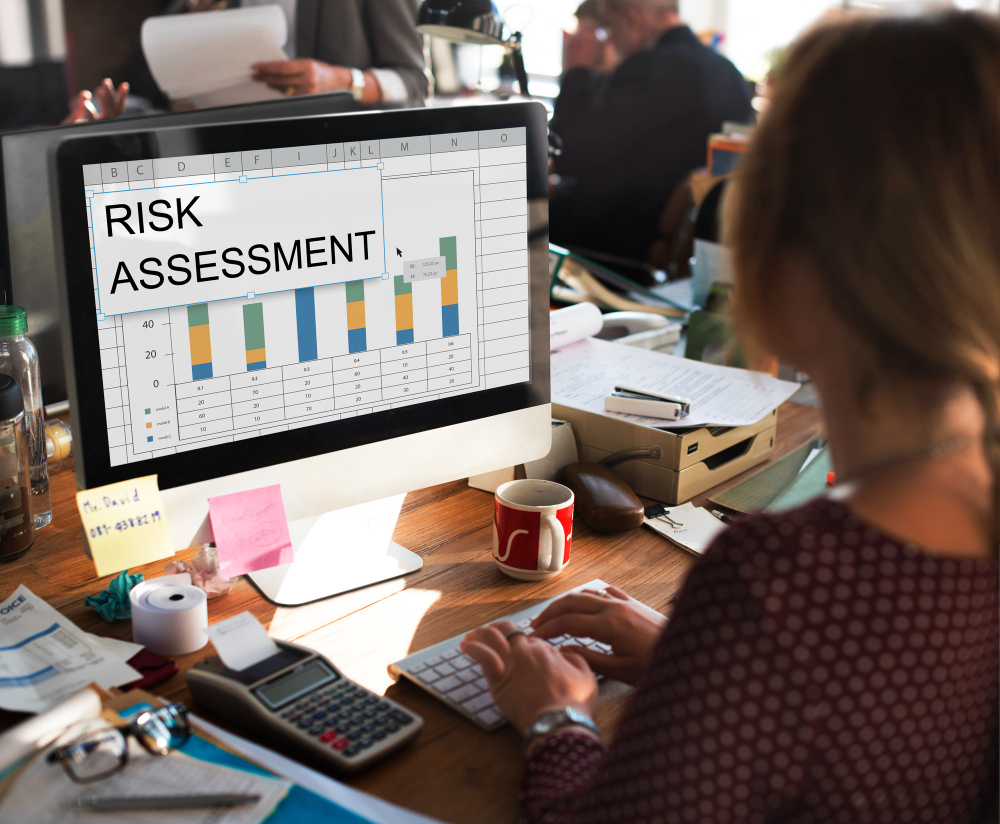Conducting thorough risk assessments is a cornerstone of maintaining a safe and compliant workplace. At H&SM, we understand that navigating the complexities of health and safety regulations can be challenging. To help businesses ensure they are effectively identifying and mitigating risks, we’ve compiled some essential tips for conducting robust risk assessments.
1. Understand the Purpose of a Risk Assessment
A risk assessment is a systematic process of evaluating potential hazards that could cause harm to people, property, or the environment. The goal is to identify these hazards, assess the risks associated with them, and implement measures to control or eliminate them. This process not only helps in complying with health and safety regulations but also in fostering a safer workplace.
2. Involve the Right People
Risk assessments should be a collaborative effort. Involve employees who have firsthand experience with the tasks being assessed, as they can provide valuable insights into potential hazards. Additionally, ensure that a competent person—someone with the necessary knowledge, training, and experience—is leading the assessment.
3. Identify the Hazards
Start by walking through the workplace and examining all areas, equipment, and processes. Look for anything that might pose a risk, such as:
- Physical hazards (e.g., machinery, heights, slippery surfaces)
- Chemical hazards (e.g., exposure to hazardous substances)
- Biological hazards (e.g., bacteria, viruses)
- Ergonomic hazards (e.g., repetitive movements, improper workstation setup)
- Psychosocial hazards (e.g., stress, harassment)
4. Evaluate the Risks
Once hazards are identified, assess the risk associated with each one. Consider the likelihood of the hazard causing harm and the severity of the potential consequences. This can be done using a simple risk matrix that rates risks as low, medium, or high.
5. Implement Control Measures
For each identified risk, determine appropriate control measures to mitigate or eliminate it. The hierarchy of controls is a useful framework to follow:
- Elimination: Remove the hazard entirely.
- Substitution: Replace the hazard with a less dangerous one.
- Engineering Controls: Isolate people from the hazard (e.g., machine guards).
- Administrative Controls: Change the way people work (e.g., training, procedures).
- Personal Protective Equipment (PPE): Provide equipment to protect employees.
6. Document Your Findings
Keep detailed records of the risk assessment process, including identified hazards, assessed risks, and implemented control measures. This documentation not only helps in tracking progress but also serves as evidence of compliance with health and safety regulations.
7. Review and Update Regularly
Risk assessments should not be a one-time activity. Regularly review and update them, especially when there are changes in the workplace, such as new equipment, processes, or personnel. Continuous monitoring ensures that control measures remain effective and relevant.
8. Communicate with Your Team
Ensure that all employees are aware of the risks and the measures in place to control them. Effective communication and training are vital to ensure that everyone understands their role in maintaining a safe workplace.
Conducting effective risk assessments is essential for any business committed to health and safety compliance. By systematically identifying and mitigating risks, you not only comply with regulations but also create a safer and more productive work environment. At H&SM, we offer expert guidance and support to help you navigate the risk assessment process and ensure your workplace remains safe and compliant. Contact us today to learn more about how we can assist with your health and safety needs.
